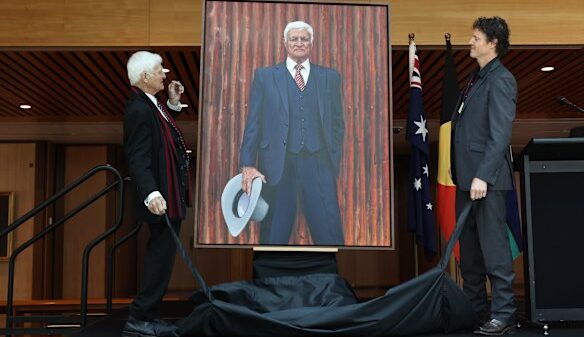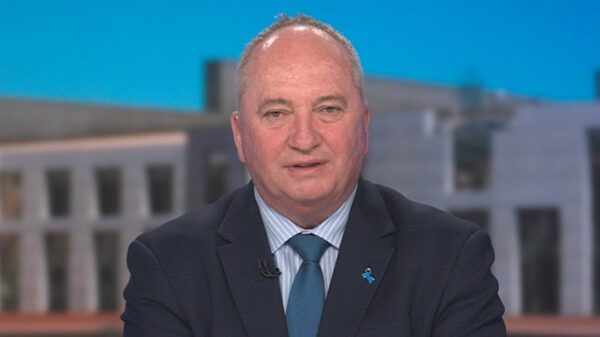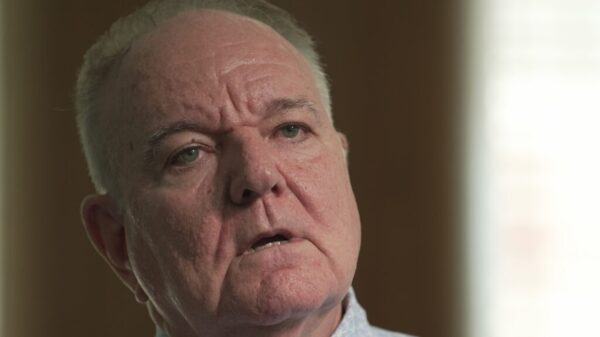UPDATE: New reports confirm that the Australian government is considering a significant change to road speed limits, potentially lowering the default limit to 70 kilometres per hour. This proposal has sparked urgent discussions as the deadline for public submissions approaches on November 10, 2023.
The proposed speed limit reduction has raised concerns among residents, businesses, and transport operators who fear that it could drastically impact travel times and costs. Critics, including local leaders, argue that this move is an inadequate solution to improving road safety. The Albanese administration has been called out for a lack of transparency and insufficient funding for regional infrastructure improvements.
The Department of Infrastructure is facing backlash for a public consultation process that was initially set for only 28 days. Following complaints from the Coalition party, an extension was granted, but many are still worried that their voices will not be heard in time.
Residents of the O’Connor electorate and others in regional Western Australia depend heavily on efficient road networks for health, education, and business needs. The proposed blanket speed limit reduction could severely hinder the delivery of goods and services, raising costs for consumers and businesses alike.
Local leaders stress the importance of maintaining the current speed limit of 100 kilometres per hour on major roads. They argue that a one-size-fits-all approach not only ignores the vast distances Australians must travel but also fails to address the root causes of road accidents, such as driver fatigue.
Current data reveals insufficient understanding of how many Fatal and Serious Injury (FSI) crashes occur on roads with speed limits outside built-up areas. The lack of clarity surrounding this data raises questions about the necessity and effectiveness of the proposed changes.
As the deadline looms, residents and stakeholders are urged to submit their opinions to Canberra. The Albanese government is facing pressure to adopt a more comprehensive approach to road safety, including potential funding for road upgrades rather than merely changing speed limits.
Next steps: Stakeholders should continue to voice their opinions even after the submission deadline. The government is expected to finalize its decision soon, making public engagement crucial in shaping future road safety measures.
As the debate intensifies, the need for a balanced approach that prioritizes both safety and efficiency becomes increasingly evident. This situation is developing rapidly, and immediate action is required to ensure that the voices of those affected are heard loud and clear.



































































